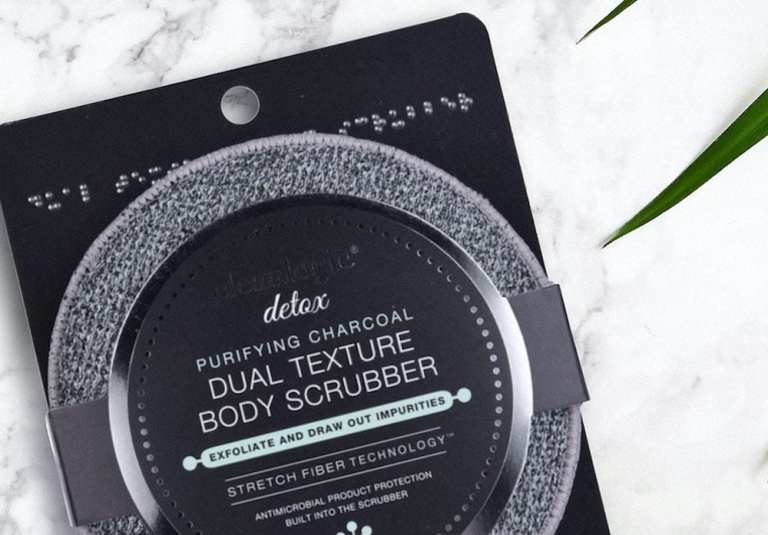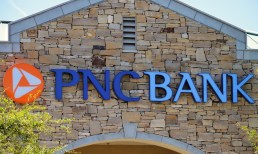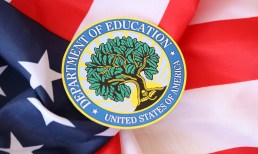If ever there was a time to have a major in supply chain management, this would be it. With the global supply chain showing strain as well as surprising flexibility, Cleanlogic CEO Isaac Shapiro has one such degree – and is he ever working it.
Cleanlogic is a skincare and beauty brand that is sold everywhere from CVS to Walgreens. Its product range spans exfoliants to hairbrushes to organic skincare products. It’s also behind some of the biggest private-label skincare products at the world’s largest retailers.
And while that might be enough for most companies, Shapiro isn’t about to rest on his laurels. His company is the beneficiary of his expertise as it looks to rebrand and reposition in anticipation of working a direct-to-consumer (D2C) model into its healthy retail business, which has led to a 25 percent overall increase so far over 2019.
Cleanlogic started in 2005 when serial entrepreneur Shapiro (carrying his Arizona State University supply chain degree) wanted to get into the health and beauty accessories business, but soon got a different education in dealing with overseas manufacturing, particularly in China. As he grew Cleanlogic, he started to understand how the global supply chain works for his products, and he also learned about the cutthroat competition within the consumer packaged goods business.
“We started getting our products into beauty specialty stores,” Shapiro said. “And then we started selling to grocery stores, which made us nervous because we were still more expensive than the cut-rate brands. So it took us time to really get in there and compete on price. We knew we had a great product – and while we had no marketing spin behind it, it was performing well against private-label brands. And that made us realize that we need to control our destiny and our technology – and build our own factory. But we didn’t want the factory to be Chinese-owned, because we wanted to control the quality and technology.”
Five years ago, Shapiro and his business partner, Co-CEO Mike Ghesser, bought their own factory in China. Then came the pandemic and the shutdown of the factory. With cosmetics sales stopped in their tracks for a time, Shapiro pivoted the company to make face masks, of which the company has sold more than five million.
Advertisement: Scroll to Continue
But now that the retail and beauty care world is approaching something resembling a recovery, Cleanlogic is back to full-time, and is ready to recast its image. As it stands, the brand, packaging and website reflect the company’s name: clean and uncluttered. When the rebrand and relaunch is ready in early 2021, it will consist of four product lines: Bath & Body, Sports, a charcoal-infused Detoxify line and a sustainable line made of organic cotton. The packaging will now be made from sustainable materials and will feature what Shapiro describes as a fresh, modern look.
Cleanlogic just started selling direct to consumer in May through its own website and through Amazon. The new website and business model will focus much more definitively on the D2C business. Shapiro noted that the company has already started testing three- and six-packs of products for D2C sales, as well as other products that might be better suited to eCommerce.
“We just picked up a private-label client that will do over five million pieces with us, but we’re taking a beating on price,” he said. “And then next year, we’ll have to come back and fight for that shelf space all over again. And then we have all these relationships with people we’ve proven ourselves with, but then a whole new team comes in, and we’re on the chopping block. Those are the challenges we’re facing, so our goal and vision is to focus 50 to 60 percent of our business on D2C.”
The Cleanlogic story has a personal side for Shapiro as well. His mother has been legally blind throughout his life. For that reason, all Cleanlogic packaging has a Braille component.
“We donate to a nonprofit called Inspiration Foundation that I founded with my mom, and that was our way of giving back,” Shapiro explained. “But over time, we’ve seen that our Braille is becoming an awareness piece to create a conversation about inclusion for blind people. I think the whole nonprofit world for blind and visually impaired people is starting to support our mission and is trying to help us get the message out there.”




